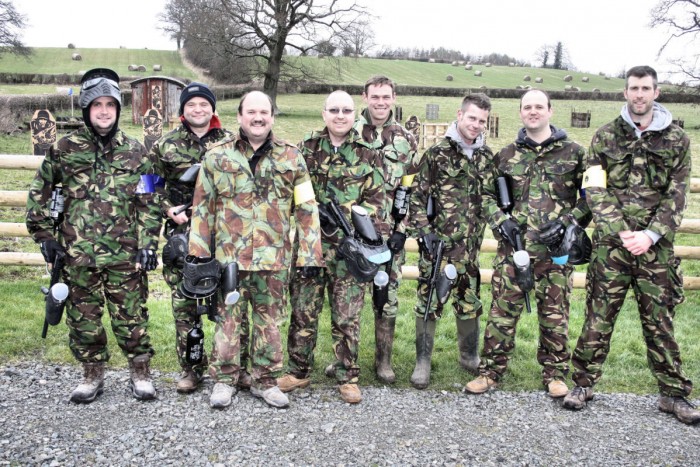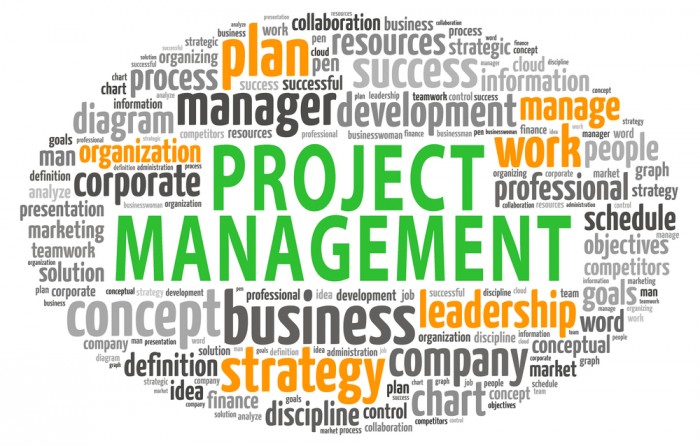
29 Sep 5 Productivity Hacks to Improve Your Team’s Performance
Working with a team can have its ups and downs, from some tense situations where tempers get a bit out of hand to fun procrastination that slows the entire project down. Productivity and motivation are always an issue in such cases, and there is no “best way” to handle things. Each person is unique and team dynamics can vary wildly depending on countless factors. This is why you should look at key concepts rather than small details – what can be done to make people more at ease with each other, motivate them and allow them to put their maximum effort into the project? Here are some useful productivity hacks to help you deal with these issues.
The “carrot and stick” method is a tried and true tactic

You’ll hear people talk about motivation like it is some abstract idea – “you have to motivate yourself”, they’ll say without really telling you how to do it. Well, there is a simple system that’s been around for thousands of years and it works. You offer a clear reward for accomplishing a certain goal – whether it’s a promotion, salary bonus or just a couple of bottles of fine vine – and a clear punishment for failing to perform – a salary deduction, not considering them for promotion, etc. This way, the team knows that extra effort will be reworded and that slacking off will have negative consequences. This is an incredible source of motivation.
Taking team building exercises to the next level

In times of war, the most capable battle units where those who saw each other as brothers in arms and developed a strong bond. In order for your team to work like a well-oiled piece of machinery, they need to have a certain level of familiarity with each other. Just stay away form traditional team-building workshops and opt for a more grown up and straightforward approach that doesn’t make everyone bored out of their skull. Take the team out to a bar for a round of drinks and some pool, go for a game of paintball or invite them to play some video games together after work. You don’t have to go all “Wolf of Wall Street”, but think outside the box and find an activity everyone will enjoy.
Setting up a great working environment

A good work environment is a bit of a Goldilocks issue – if the atmosphere is too serious and prison-like, people will get stressed out quickly and lack motivation, and if the atmosphere if too fun and casual, nothing will ever get done. The right work environment will depend on your particular line of work and the character of your team members. A good rule of thumb is finding middle ground between cold professionalism and relaxed creativity. You can allow a certain level of customization when it comes to work stations, encourage humor and let everyone pitch some ideas of how the office could be improved.
Finding simple and effective project management tool

You can easily lose track of small assignments and fail to properly distribute your resources when you don’t have a big picture to reference. By this, I mean a literal big picture, where all the important information is written down and everyone has a clearly defined task. Whiteboards can get crowded and confusing, and not all team members may be working in the same room, so a much better way to keep track of things is to have an online project management tool.
There are plenty of options, but your best bet is to focus on a visual project management interface that is easy to use and has a simple structure where information can be accessed in seconds. Everyone should be able to stay updated, and you will know how far each team member has come and whether there are any difficulties.
Make sure that you have two-way communication

Not everyone in your team is always 100% focused on their tasks, and this can cause a project bottleneck to occur, where everything comes to a screeching halt due to one or two minor issues. It’s easy to start pointing fingers, but putting the blame on a team member, even if he or she deserves it, is not going to solve anything. There are some good ways to avoid bottlenecks, but it boils down to preparing for the worst and encouraging your team to keep you updated. You should give them plenty of feedback during all stages of the project, so that you are all on the same page and avoid any embarrassing misunderstandings that will cost you time and money. This is how effective two-way communications works – you bounce ideas back and forth and solve issues on the fly, as they appear and before they get out of hand.
It doesn’t take a genius to figure out why these points work for improving productivity, but it is easier said than done. It takes plenty of work on everyone’s behalf and a strong team leader who knows his or her team.

